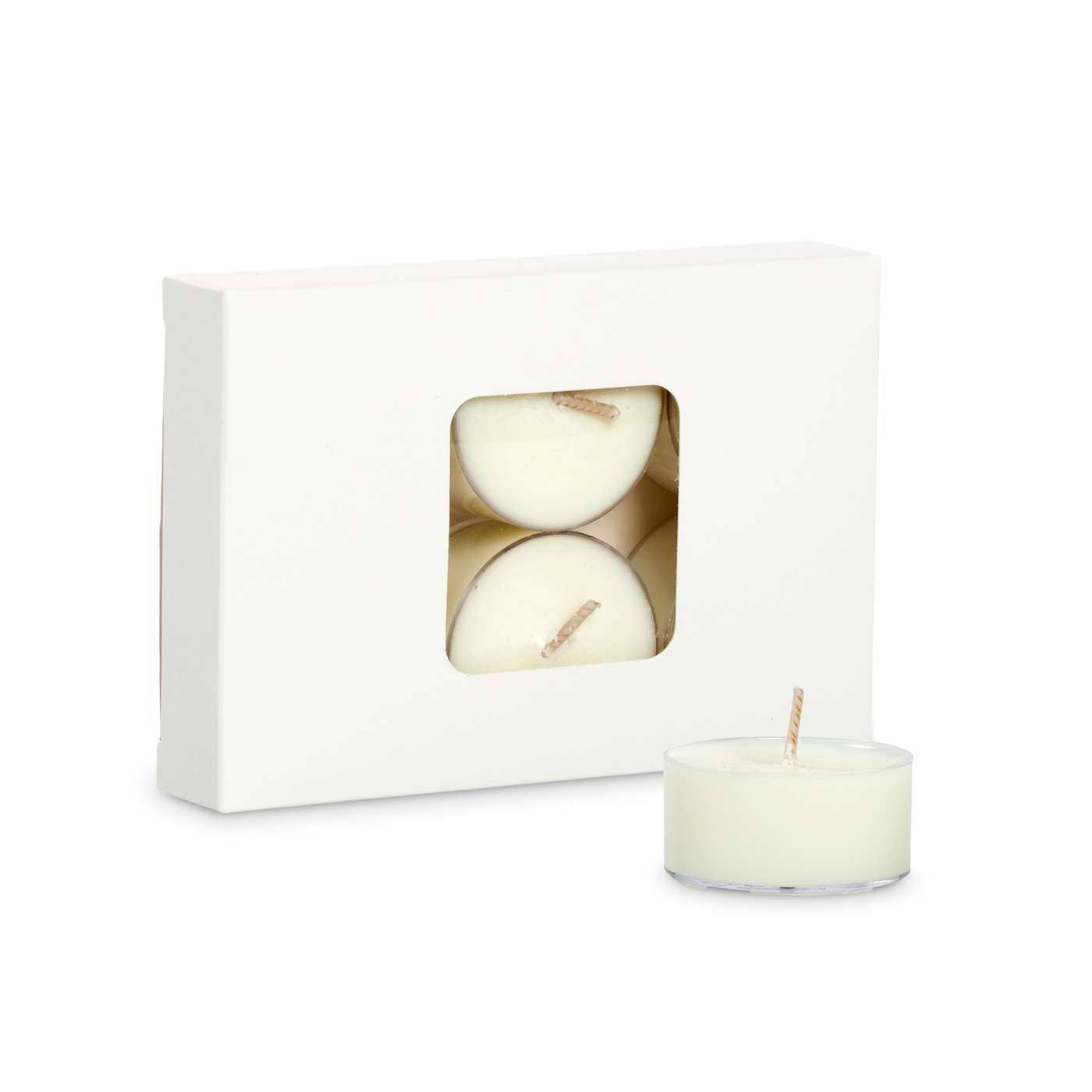From Wick to Wax: Recognizing the Chemistry Behind Soy Wax Candles and Their Ecological Influence
As we brighten our spaces with the warm glow of candle lights, there lies a realm of complex chemistry behind the relatively basic act of lighting a soy wax candle light. Join us as we unravel the clinical complexities behind soy wax candle lights and discover their implications on our atmosphere.
Soy Wax Vs. Paraffin Wax
When comparing soy wax and paraffin wax for candle making, it is vital to recognize the distinctive attributes and advantages of each product. Soy wax is a natural, renewable energy obtained from soybean oil, making it eco-friendly and eco-friendly - crystal soy candles. In contrast, paraffin wax is a byproduct of petroleum refining, which increases concerns about its environmental influence and sustainability
Soy wax candle lights melt cleaner and produce less residue compared to paraffin wax candle lights, making them a healthier option for indoor air top quality. Furthermore, soy wax has a lower melting factor, permitting for a longer-lasting candle light that distributes scent more efficiently. Paraffin wax, on the other hand, often tends to melt faster and less cleanly, possibly launching harmful chemicals right into the air.
From a sustainability perspective, soy wax is favored for its biodegradability and renewable sourcing, lining up with the expanding customer preference for ecologically conscious products. While paraffin wax has actually been a conventional choice in candle light making as a result of its price and ease of use, the change in the direction of green options like soy wax is getting energy in the sector.
Chemical Composition of Soy Wax

Combustion Process in Soy Candles
The chemical composition of soy wax straight influences the burning process in soy candles, impacting elements such as shed time, fragrance release, and environmental effect. When a soy candle light is lit, the warm from the fire melts the wax near the wick. This liquid wax is then formulated the wick because of capillary action. As the liquid wax gets to the fire, it undertakes and vaporizes burning. The combustion procedure includes the vaporized hydrocarbons in the wax responding with oxygen in the air to generate warmth, light, water vapor, and carbon dioxide.
The burning effectiveness of soy candles is affected by the purity of the soy wax and the top quality of the wick. A clean-burning soy candle with an effectively sized wick will minimize and create a steady flame residue development. This not only prolongs the burn time of the candle light but likewise improves the launch of fragrances. Additionally, soy wax candle lights have a lower ecological influence contrasted to paraffin candles due to their eco-friendly and eco-friendly nature.
:max_bytes(150000):strip_icc()/SPR-types-of-Candle-Wax-5323778-hero-e4277e76885049a28707749d892fe592.jpg)
Ecological Benefits of Soy Wax

Taken into consideration a lasting choice to traditional paraffin wax, soy wax uses remarkable environmental benefits that make it a popular choice among eco-conscious consumers. One considerable benefit of soy wax is its sustainable sourcing. Soy wax is stemmed from soybean oil, which is mainly grown in the United States. The growing of soybeans assists sustain neighborhood farmers and decreases the dependence on non-renewable nonrenewable fuel sources made use of in paraffin wax production. In addition, soy wax is biodegradable, implying it breaks down naturally without releasing damaging toxic substances into the setting. This particular makes soy wax candle lights an extra environmentally friendly alternative compared to paraffin wax candles, which are made from petroleum, a non-renewable resource. Moreover, soy wax burns cleaner and produces much less residue than paraffin wax, adding to far better indoor air quality and reducing the need for cleansing and maintenance. Generally, the ecological advantages of soy wax straighten with the expanding need for environmentally friendly and sustainable items in the market.
Recycling and Disposal Factors To Consider
Reusing and proper disposal of soy wax candles play a critical role in keeping environmental sustainability and lowering waste in areas and households. When it comes to reusing soy wax candles, the crystal soy candles initial action is to guarantee that the candle light has shed completely.

In terms of disposal, if recycling is not an option, soy wax candles are eco-friendly and can be securely gotten rid of in a lot of house waste systems. It is always recommended to examine with regional recycling facilities or waste management solutions for certain standards on candle light disposal to make certain proper handling and ecological protection.
Final Thought
In verdict, the chemistry behind soy wax candles exposes their ecological advantages over paraffin wax candle lights. Soy wax, obtained from soybean oil, burns cleaner and creates less soot when compared to paraffin wax.
When contrasting soy wax and paraffin wax for candle production, it is vital to understand the distinctive characteristics and advantages of each material (soy candles).Soy wax candle lights burn cleaner and send out much less residue contrasted to paraffin wax candle lights, making them a healthier selection for interior air top quality.Taken into consideration a lasting choice to traditional paraffin wax, soy wax uses notable ecological advantages that make it a preferred option among eco-conscious consumers. Soy wax burns cleaner and generates less residue than paraffin wax, adding to much better interior air high quality and lowering the need for cleansing and upkeep.In conclusion, the chemistry behind soy wax candles discloses their ecological benefits over paraffin wax candles
Comments on “Experience the Serenity of Crystal Soy Candles and Home Fragrance”